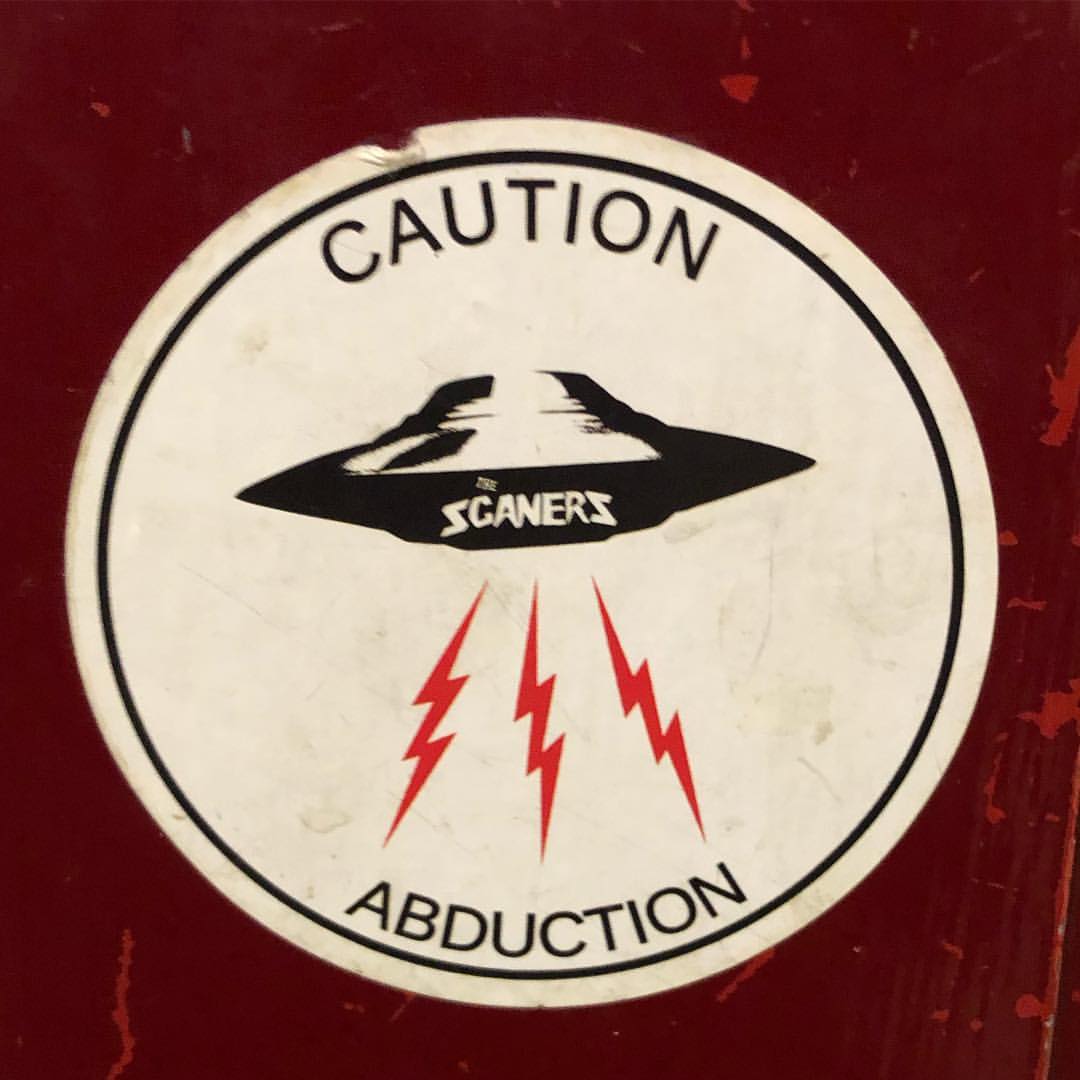Kojève’s most striking argument against the sheltered, contemplative philosophical life is that it cannot successfully differentiate itself from madness. Kojève maintains that the philosopher’s isolated judgment that his knowledge is superior—that he or she knows something more—is invalidated by the fact that there is madness, “which, insofar as it is a correct deduction from subjectively evident premises, can be ‘systematic’ or ‘logical.’ ” The philosopher who claims to know is simply not that distant from “the madman who believes that he is made of glass.
The philosopher appears to the uninitiated, after all, as having lost his bearings.
It is but a short step to the conclusion that the bearer of truth is a madman, for in the eyes of those who cannot conceive of any reality other than the one before them, such a figure may only be mad.
Madness is thus a decidedly uncritical affair. To be stung by the gods is to be intoxicated with lies, stories, possibilities that may never be realized. But, as Socrates says, “Madness that comes from a god is superior to sanity, which is of human origin”
THE BLACK CIRCLE, Jeff Love (UK) (US+)
